Growth in the Paints and Coatings Sector
The Pyrophyllite Market is also benefiting from the growth in the paints and coatings sector. Pyrophyllite Market is utilized as a filler and extender in various paint formulations due to its excellent properties, such as low oil absorption and high brightness. The Pyrophyllite Market is projected to reach USD 200 billion by 2026, with a significant portion of this growth attributed to the increasing demand for high-quality decorative and protective coatings. This trend suggests that pyrophyllite could see a substantial uptick in usage, particularly in regions where construction and automotive industries are flourishing. The versatility of pyrophyllite in enhancing the performance of coatings positions it as a valuable asset in this expanding market.
Rising Demand in Ceramics and Refractories
The Pyrophyllite Market is experiencing a notable increase in demand from the ceramics and refractories sectors. This mineral is prized for its high thermal stability and low thermal conductivity, making it an ideal component in the production of ceramic tiles, sanitary ware, and refractory materials. As construction activities continue to expand, the need for durable and heat-resistant materials is likely to drive the consumption of pyrophyllite. Recent estimates suggest that the ceramics segment alone could account for over 30% of the total pyrophyllite market share, indicating a robust growth trajectory. Furthermore, the increasing focus on energy-efficient building materials may further bolster the demand for pyrophyllite in these applications.
Increasing Adoption in the Plastics Industry
The Pyrophyllite Market is witnessing a surge in adoption within the plastics sector. Pyrophyllite Market serves as a functional filler in various plastic products, enhancing their mechanical properties and thermal stability. As The Pyrophyllite Market continues to expand, driven by rising consumer demand for lightweight and durable materials, the incorporation of pyrophyllite is likely to increase. Recent data indicates that the plastics industry could account for approximately 15% of the total pyrophyllite consumption by 2025. This trend is further supported by the growing emphasis on sustainable materials, as pyrophyllite is a naturally occurring mineral that aligns with eco-friendly manufacturing practices. The potential for growth in this sector presents a promising opportunity for pyrophyllite producers.
Expanding Applications in the Construction Sector
The Pyrophyllite Market is experiencing expansion due to its diverse applications in the construction sector. Pyrophyllite Market is utilized in various construction materials, including cement, plaster, and concrete, owing to its properties that enhance durability and workability. The construction industry is projected to grow significantly, driven by urbanization and infrastructure development. This growth is likely to increase the demand for pyrophyllite as a key ingredient in construction materials. Recent projections indicate that the construction sector could represent over 25% of the total pyrophyllite market by 2025. The mineral's ability to improve the performance of construction materials positions it as a critical component in meeting the demands of modern construction.
Technological Innovations in Mining and Processing
The Pyrophyllite Market is poised for growth due to technological innovations in mining and processing techniques. Advances in extraction methods and processing technologies have improved the efficiency and quality of pyrophyllite production. Enhanced processing techniques allow for the production of high-purity pyrophyllite, which is increasingly sought after in various applications, including cosmetics and pharmaceuticals. The implementation of automated systems and environmentally friendly practices in mining operations is likely to reduce costs and improve sustainability. As these technologies continue to evolve, they may lead to increased production capacities and a more competitive market landscape, ultimately benefiting the pyrophyllite industry.
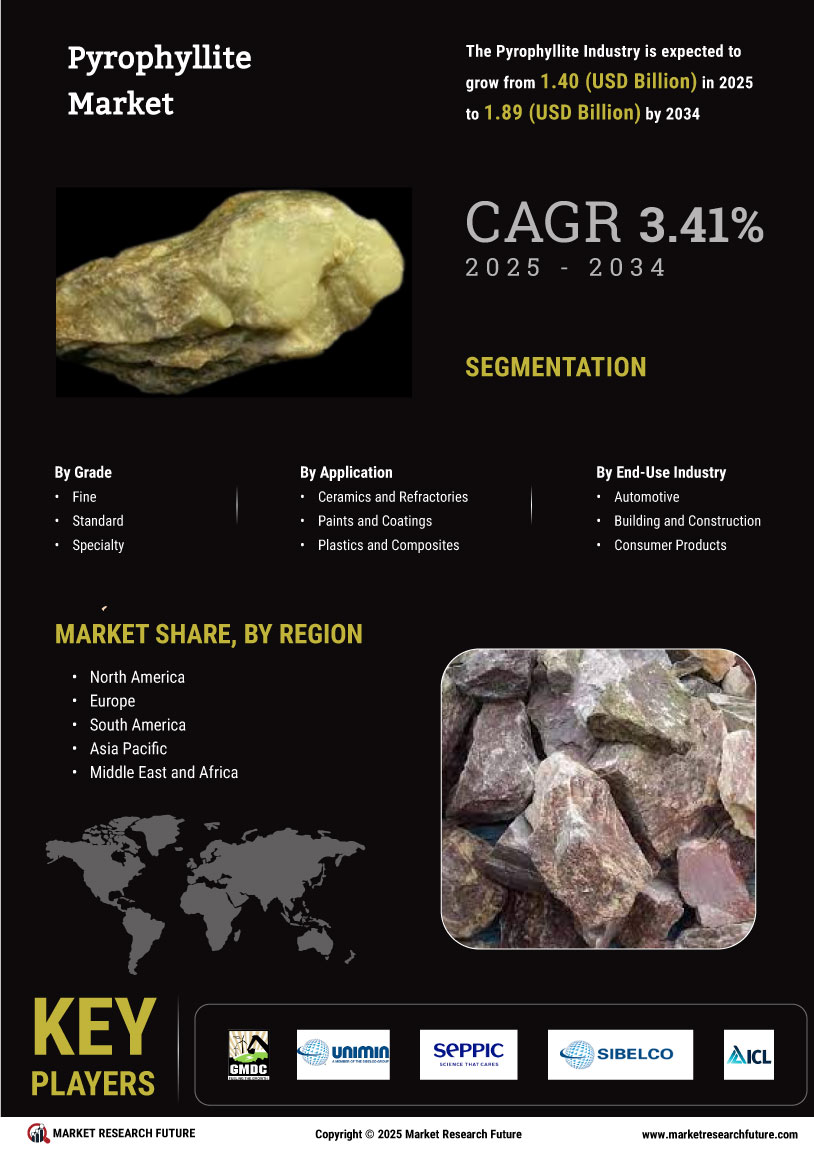

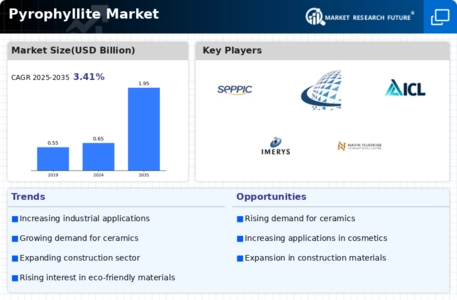
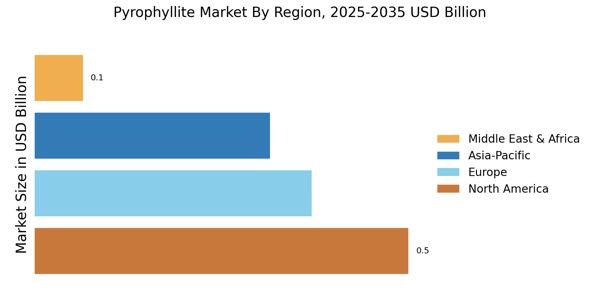
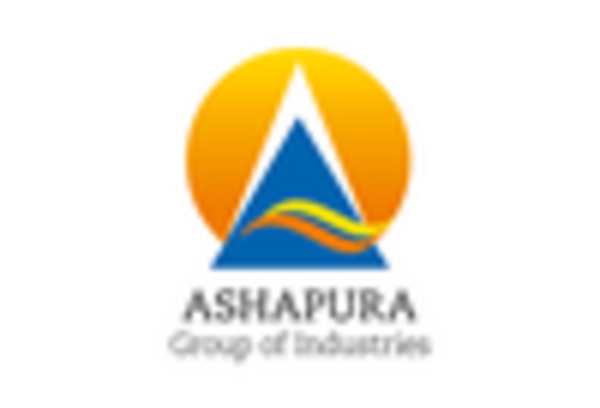
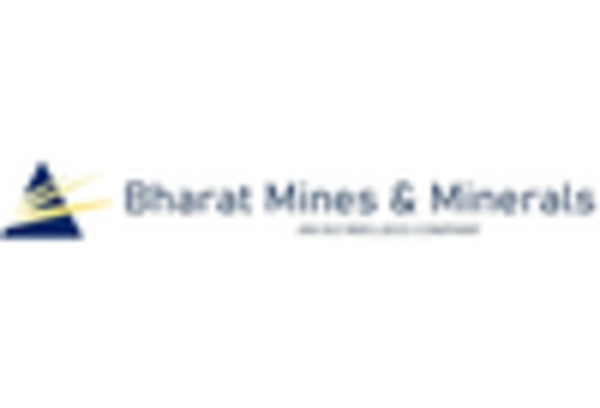
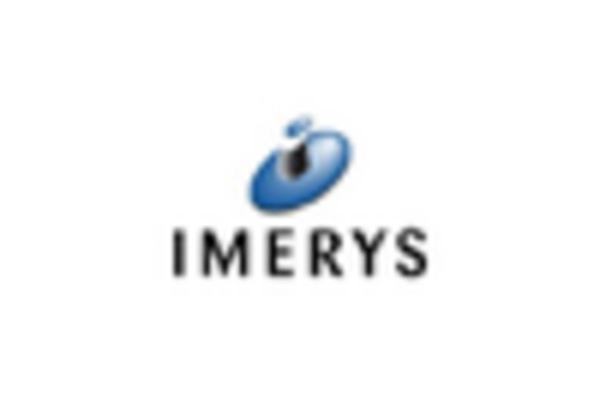
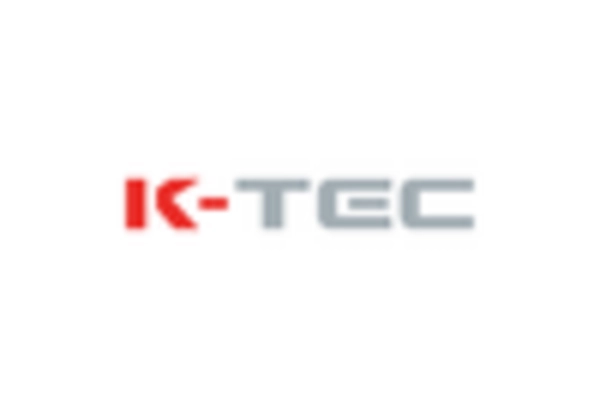
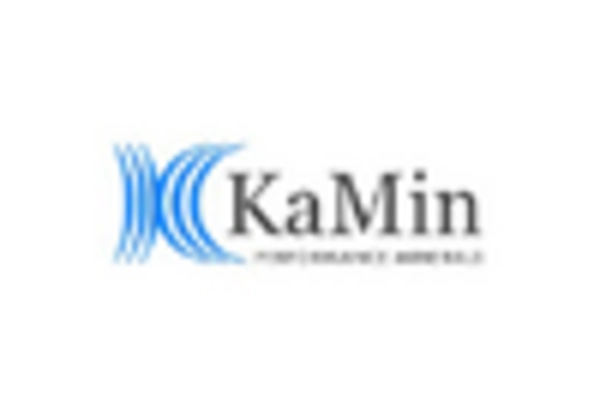
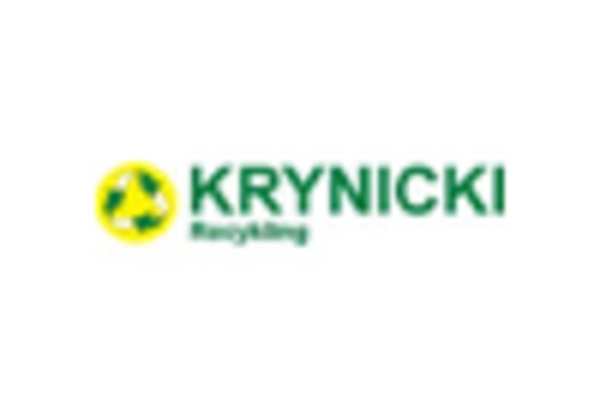








Leave a Comment